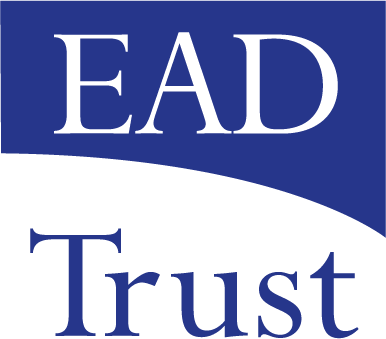The COVID-19 crisis is posing a total challenge to our society and to our conception of relationships, both in the personal and professional spheres. In just a few days, a large part of our country’s business network has had to adapt its systems in order to allow its employees to work from home and thus minimise, as far as possible, the impact of the crisis.
However, this new situation is bringing to light tools that many people did not know about, allowing them to optimise resources and even reduce costs, such as digital onboarding.
This method consists of the use of videoconferencing systems for the identification and registration of persons using biometric and document recognition techniques. Through video onboarding, the data and documentation provided by a client can be validated so that they can access the service they want to hire. These tools allow us to carry out procedures without having to go to the service provider’s facilities.
The technology applied to identification allows us to safely check the validity of the documents, so that fraud can be prevented.
Video onboarding is not a new method, it has already been used in different sectors, such as banking. However, its use is spreading and we can already start using it in the issuance of electronic certificates.
If, until now, all subscribers who wanted an electronic certificate had to appear before the Registration Authority (RA) to present the documents that confirm their identity, video onboarding allows them to carry out this procedure from anywhere.

This onboarding identification can be done through a video conferencing system, where there is direct interaction with the RA operator; or, on the other hand, through a video identification system, where the subscriber is identified, but the operator is not live on the other side of the system.
For the moment, following the establishment of the Alarm State on March 14, “Provisional Measures for the Issuance of Qualified Electronic Certificates” were adopted, with the aim of making it easier for those concerned to acquire a certificate during the period of quarantine.
Royal Decree-Law 11/2020 of March 31, establishes that qualified electronic certificates will be issued in accordance with the provisions of the eIDAS Regulation and decrees the conditions for the application of these video onboarding systems. In accordance with the text, the eleventh additional provision determines:
For this purpose, the supervisory body shall accept those methods of identification by video conference based on the procedures authorised by the Executive Service of the Commission for the Prevention of Money Laundering and Monetary Offences or recognised for the issue of qualified certificates by another Member State of the European Union. Equivalence in the level of security shall be certified by a conformity assessment body. Certificates issued in this way shall be revoked by the service provider at the end of the alert state, and their use shall be limited exclusively to relations between the holder and the public authorities.
This rule implies that only video conferencing will be accepted as a method of identification. However, it also states that the procedures approved by the Executive Service of the Commission for the Prevention of Money Laundering and Monetary Offences (SEPBLAC) must be followed. This body published in 2017 the document “Authorization of video-identification procedures” in which it states:
The promotion of technological innovation in the financial sector now makes it advisable to also authorise video-identification procedures where there is no online interaction between the potential customer and an agent or operator of the obligor (unassisted processes).
Therefore, there is some inconsistency in the provisions of the Royal Decree-Law and it is not clear whether video identification is allowed or not. However, limiting video onboarding to video conferencing techniques means that the Registration Authorities have to make a large deployment of means and personnel which means that the very essence of the procedure of facilitating and speeding up the acquisition of the electronic certificate from the subscriber is lost.
Also, will these technologies be available after the end of the State of Alert? We do not know. However, what is clear is that video onboarding is here to stay and is the future of certificate issuance. Not only does it make it easier for the subscriber to purchase, but also for the Certification Authority to better manage the processes and also to issue certificates to people outside our borders.

